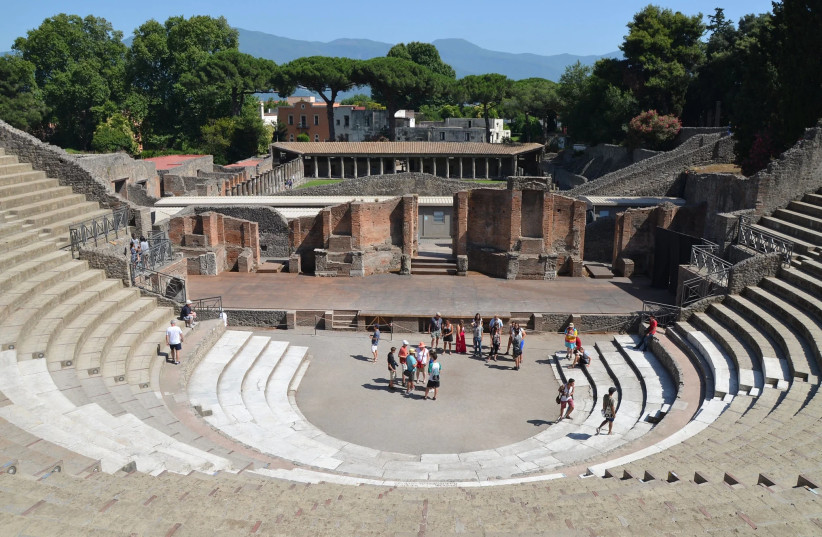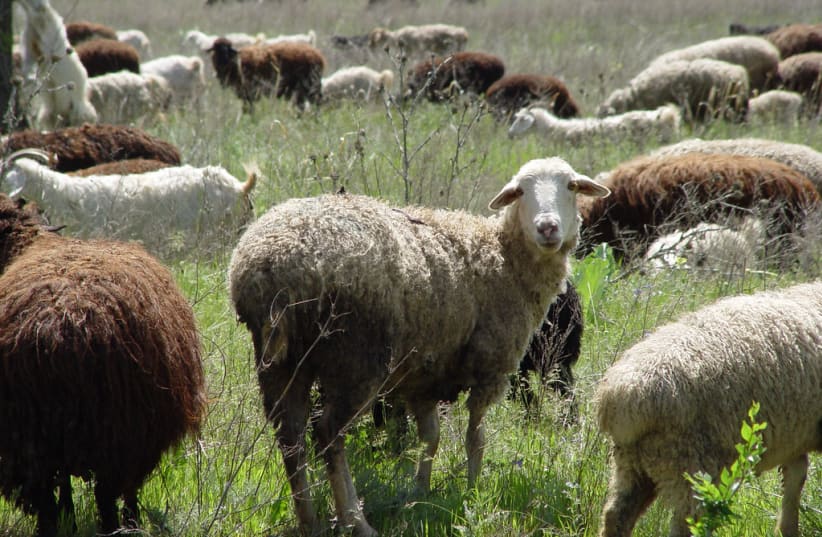A flock of grazing sheep is helping archaeologists to preserve the ancient ruins of Pompeii, the Roman city that was buried under meters of pumice and ash in the calamitous eruption of Mount Vesuvius in AD 79.
Archaeologists have uncovered only around two-thirds of the 66-hectare (163 acres) site at Pompeii since excavations began 250 years ago.
Preserving the unexplored sections of the ancient city against erosion by nature and time is a priority for those who manage the site.
Why are sheep helpful?
"If grass and other plants grow in or on the ancient walls and houses this is a problem. So we try to have a sustainable approach to the whole environment in order also to avoid using substances then to avoid growing plants, having plants growing on the walls and ruins," said Gabriel Zuchtriegel, the director of the Pompeii Archaeological Park.
The flock of 150 sheep has been deployed to Regio V, a northern section of the city, where grassy hills are dotted with the ruined remains of ancient houses and shops.


Regio V is still off limits to the millions of visitors who come to Pompeii each year, but as part of its conservation efforts the archaeology park has in recent years launched new excavations at the site.
Among the striking discoveries since 2018 were vibrant frescoes, a snack shop and the skeletal remains of people killed in the eruption.
Zuchtriegel said the sheep initiative does not contribute to efforts of reducing carbon emissions, but helps to save money and preserve the landscape.
"It's also something which really gives an idea of how Pompeii was in the time when it was rediscovered. It was woods, vineyards, sheep and it was this kind of rural environment and in the midst of that you had Pompeii."
